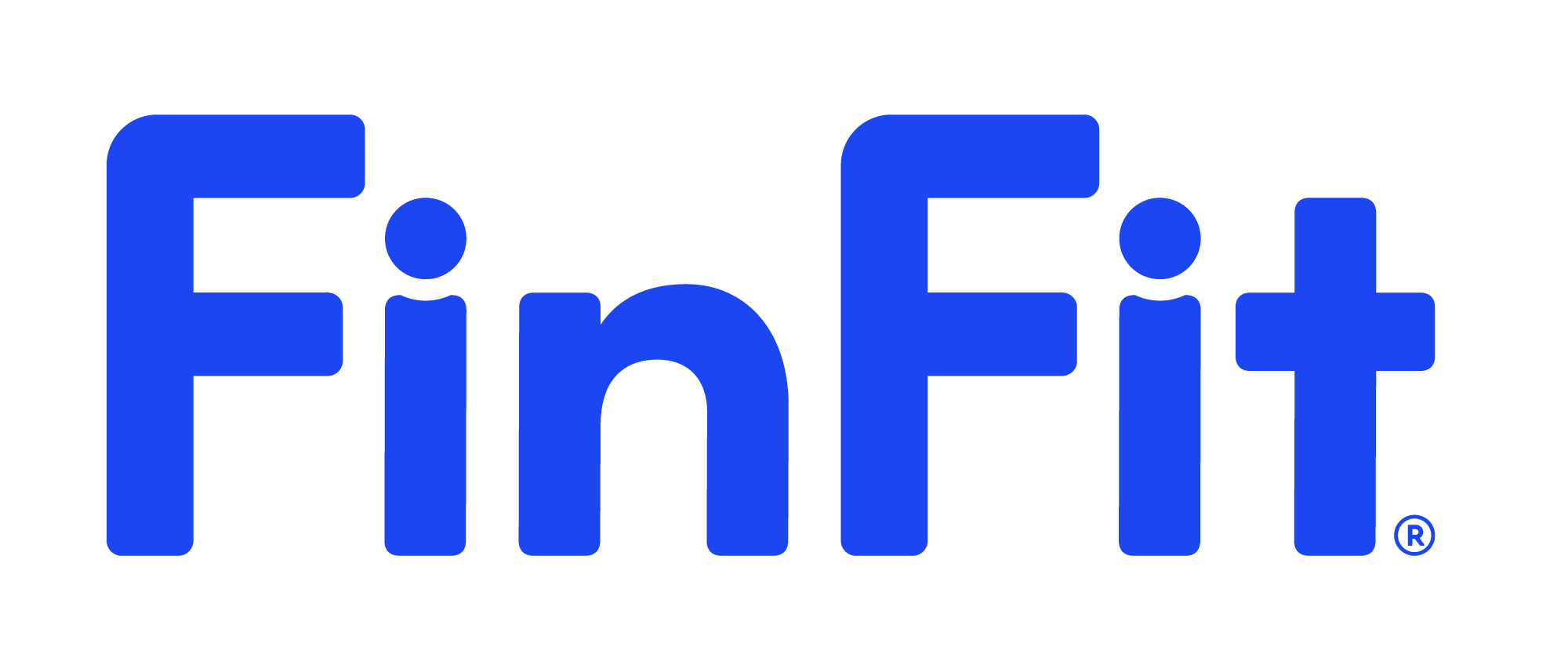Open enrollment arrives once a year and brings with it a flurry of acronyms, plan documents, and choices. The decisions you make during this window can impact your budget, health care, and long-term savings for the entire year ahead. But it doesn’t have to feel overwhelming. With a simple plan and a few clear definitions, open enrollment can become an opportunity to take control – not just a checkbox to tick.
Start with Last Year’s Reality
Before choosing a plan, take a look back at how you actually used your benefits over the past 12 months. Did you meet your health insurance deductible, or barely visit a doctor? Did you pay out-of-pocket for services like dental work or vision care?
This review can help you identify where you may have overpaid or missed out on valuable coverage – and guide smarter decisions for the year ahead.
Understand Your Health Plan Options
- A traditional PPO (Preferred Provider Organization) with higher premiums and lower deductibles.
- A high-deductible health plan (HDHP) with lower premiums, paired with a Health Savings Account (HSA)
If you anticipate needing several medical visits or procedures, the traditional plan may offer more predictable costs. But if you’re healthy and want to save, the HDHP might allow you to contribute to an HSA and lower your overall cost.
Leverage HSAs and FSAs
- Pre-tax contributions
- Tax-free growth
- Tax-free withdrawals for qualified expenses
Funds roll over from year to year, and you can even invest them for long-term growth – making an HSA a great backup retirement resource for future health costs.
Flexible Spending Accounts (FSAs) also use pre-tax dollars but typically require you to use the funds within the plan year. FSAs are ideal for predictable costs like prescriptions, childcare, or regular copays.
Check on Life and Disability Insurance
Many people overlook these benefits, but life and disability insurance are critical components of financial security. If someone depends on your income, employer-provided life insurance may not be enough on its own. Consider supplemental coverage.
Adjust Your Retirement Contributions
If your plan offers both traditional and Roth options, consider splitting your contributions between them for better tax diversification in retirement.
Confirm Dependents and Beneficiaries
It’s easy to overlook this, but it’s essential to make sure your benefits reflect your current life situation. If you’ve gotten married, divorced, had a child, or experienced another major change, now is the time to update your dependents and beneficiaries.
Map Out a Decision Timeline
Open enrollment periods often feel rushed because they’re left until the last minute.
- Skim the benefits guide.
- Review your past usage and project next year’s needs.
- Compare plan costs and features.
- Make elections and confirm HSA/FSA contributions.
- Review everything, submit your choices, and save confirmation screenshots.
Ask Questions and Get Help
Your HR team is there to support you. If you’re unsure about a benefit or how to calculate costs, don’t hesitate to ask. Many employers also offer financial wellness tools or coaching sessions during enrollment. A quick conversation could help you avoid expensive mistakes.
Think Total Cost – Not Just Monthly Premiums
One of the most common open enrollment missteps is choosing the plan with the lowest premium without evaluating the total out-of-pocket cost.
- Deductibles
- Copays and coinsurance
- Prescription costs
- Out-of-pocket maximums
Run the numbers based on your expected usage, and choose the plan with the most value – not just the lowest monthly bill.
Don’t Forget About Supplemental Benefits
- Dental and vision plans
- Mental health and telehealth services
- Legal assistance or identity theft protection
- Accident and critical illness insurance
- Dependent care FSAs for childcare and preschool costs
These benefits can reduce risk and add meaningful value depending on your life stage.
Coordinate with a Partner or Spouse
If you and your partner both have access to benefits through work, coordinate your choices. You may find savings by using one spouse’s plan for the entire family or by splitting coverage depending on provider networks and deductible structures.
- Review last year’s usage and expected needs
- Compare total annual cost across available plans
- Choose your HSA or FSA contributions and adjust payroll deductions
- Update dependents and beneficiaries
- Review life, disability, dental, and vision elections
- Submit and save confirmations
- Set reminders for any changes to take effect in January
Bottom Line
Open enrollment doesn’t have to be stressful. With a calm, methodical approach, you can make choices that protect your health, align with your budget, and set your family up for a stronger financial year. A little attention now can lead to a lot more confidence later.
 Learn
Learn